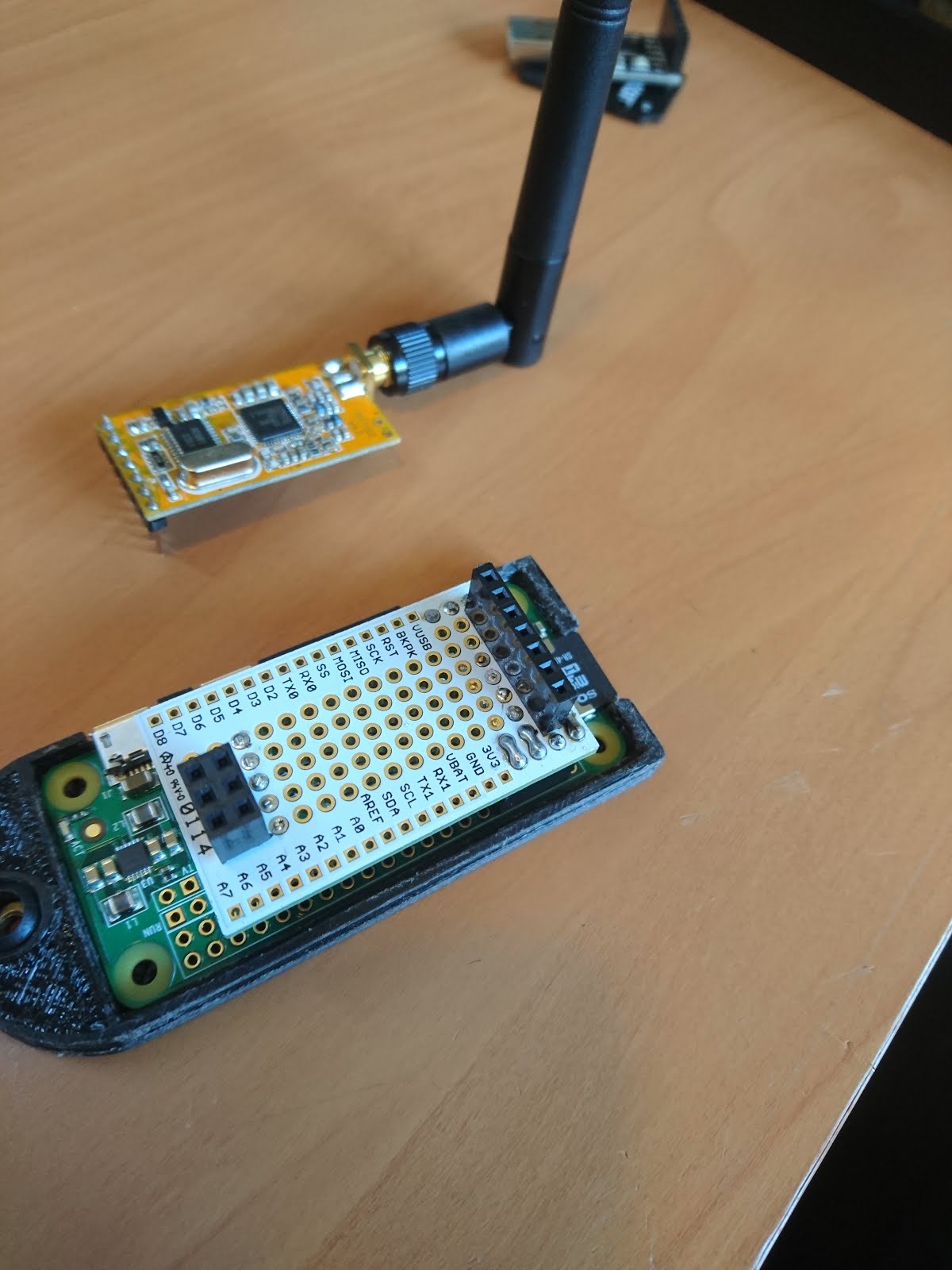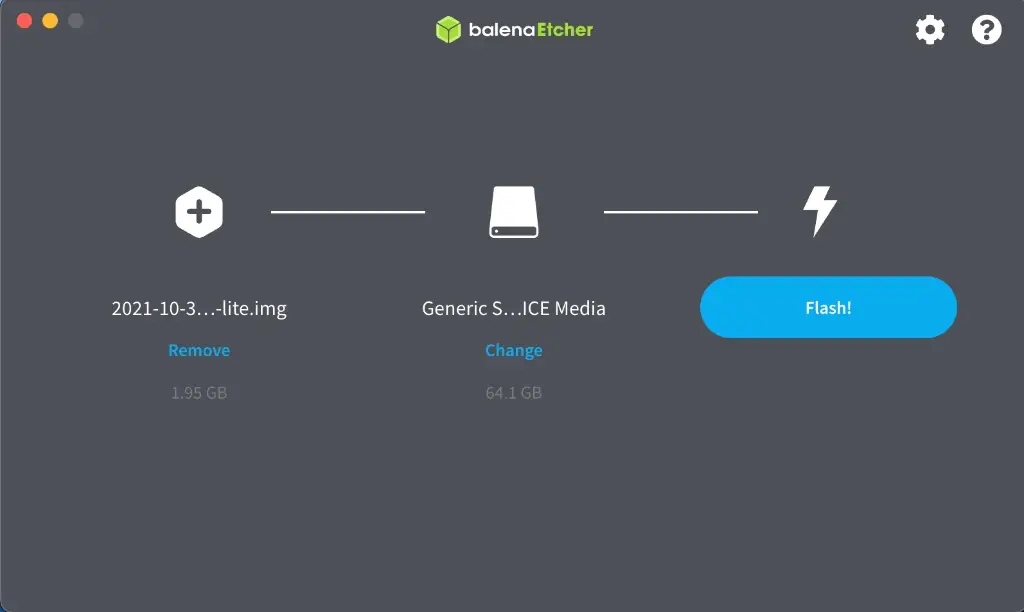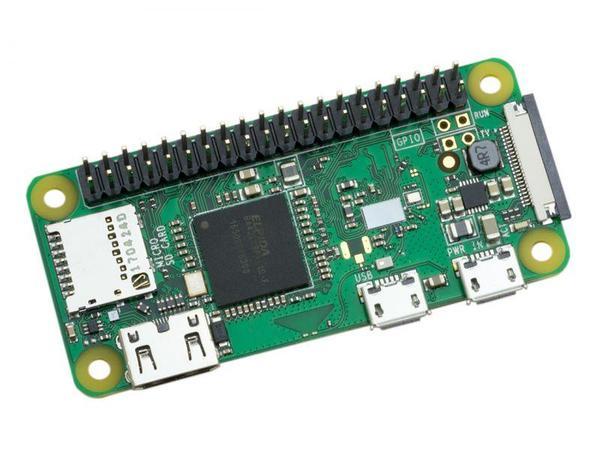
Pop the SD card out, pop it into your Zero W and boot it up. Modify the SSID and PSK to match your WiFi settings and save it. Open that in Notepad and add the following: ctrl_interface=DIR=/var/run/wpa_supplicant GROUP=netdev Create another Notepad file and call it wpa_nf.

Right click and create a Notepad file called ssh.txt in the root of that partition. When it’s done you’ll have a single partition viewable in Windows for the SD card. Fire it off on your micro SD card and let it finish. Once you select it, Rufus will automatically determine that it needs to be a DD write for the file. You need to search for all file types, as it’s not an ISO. Select the disk image from the folder icon in the lower right.

In Windows I’m using Rufus to write the disk image. So, let’s make it easy and just do it all from the start. Unfortunately, I found that if you try to do this locally, with a monitor and keyboard, the order of operations causes the ssh keys to be faulty. Compounded with the Zero’s different micro ports, it’s easier if you can set it up as a headless device. You need to add the files by creating a folder and add all those files to the root of the SD-card with make image FILES="" # include extra files from as explained at Īdd your WiFi parameters after OpenWRT creates the /etc/config/wireless by creating a script that waits for that file, modifies the contents and triggers a wifi restart or reboot.Įdit: instead of adding a script there is the intended option with "uci-defaults".There seems to be conflicting info out there for how to accomplish this. PACKAGES="luci-base luci-ssl luci-mod-admin-full luci-theme-bootstrap" \

# list all targets for this image builder, consider 'make help' as well Are you aware of the "image builder"? This is precisely what it can be used for.įor example to generate a RPi image: #!/bin/bash


 0 kommentar(er)
0 kommentar(er)
